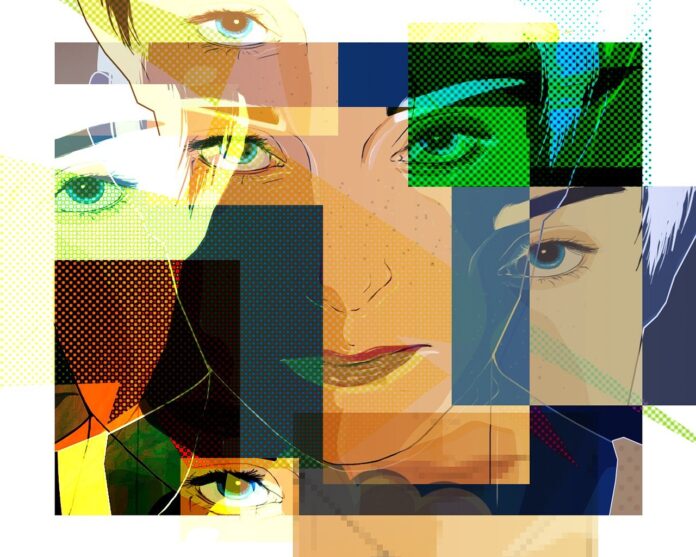Pop art is a movement that emerged in the 1950s and 1960s in Britain and the United States, characterized by the use of popular images and cultural references from mass media. It was a reaction against the traditional art world and sought to celebrate the everyday, the mundane and the commercial. One of the key influences on the pop art movement was the rise of popular culture, which had a profound impact on the art being produced at the time.
Popular culture encompasses a wide range of sources, from advertising and consumer products to television shows, movies, and music. Pop art took inspiration from these sources and brought them into the realm of high art, challenging the traditional boundaries of what was considered worthy of artistic representation. Artists such as Andy Warhol, Roy Lichtenstein, and Claes Oldenburg became synonymous with the movement, using everyday objects and imagery to create bold, colorful and eye-catching works of art.
One of the ways in which popular culture influenced pop art was through the use of consumer products as subject matter. Warhol, in particular, was known for his iconic Campbell’s soup can and Coca-Cola bottle paintings, as well as his celebrity portraits and images of everyday objects. These works served to elevate the mundane to the status of high art, questioning the distinction between fine art and commercial imagery.
Television and popular media also played a significant role in shaping the imagery of pop art. Lichtenstein, for example, was known for his comic strip-inspired paintings, which reproduced the bold, graphic style of popular comic book illustrations. These works blurred the lines between high and low culture, challenging the notion of what constituted “serious” art.
Music and celebrity culture also had a major impact on the pop art movement. Artists such as Warhol and Oldenburg were fascinated by the cult of celebrity and the power of mass media to shape public perception. Warhol’s famous portraits of Marilyn Monroe and Elvis Presley, as well as his “Factory” studio, where he produced works in collaboration with other artists, reflected the influence of celebrity and popular culture on the movement.
The influence of popular culture on pop art can also be seen in the materials and techniques used by artists. Many pop artists worked with new and innovative materials, such as screen printing and industrial paints, reflecting the mass production and commercial processes that were prevalent in popular culture at the time. These techniques not only mirrored the look and feel of popular imagery but also served to democratize the art-making process, making it more accessible and inclusive.
In conclusion, the influence of popular culture on the pop art movement cannot be overstated. From consumer products and mass media to music and celebrity culture, pop artists mined the rich visual and cultural landscape of their time, creating works that continue to resonate with audiences today. By bringing the everyday and the commercial into the realm of high art, pop art challenged traditional notions of value, taste, and artistic legitimacy, leaving a lasting impact on the art world.







